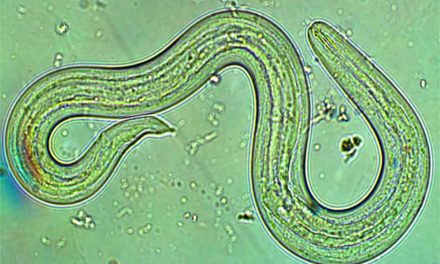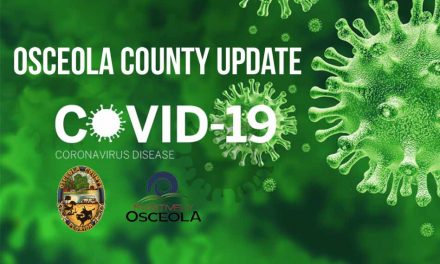Contributed by Orlando Health
Breast cancer is one of the most common cancers in women. The American Cancer Society estimates there will be 279,100 new cases of invasive breast cancer diagnosed this year in the United States. While the overwhelming majority of those who develop breast cancer are women, men can get breast cancer, too.
What Are the Risk Factors for Breast Cancer?
The Centers for Disease Control and Prevention (CDC) says a variety of factors contribute to the risk of breast cancer. The biggest risk factor is being a woman, and a woman’s risk for breast cancer increases with age.
Other factors that can increase the risk of breast cancer include:
• Genetic mutations—Women who have inherited mutations to certain genes have a higher risk of breast cancer.
• Early menstrual period or late menopause—The exposure to estrogen hormones for more years of life increases the risk.
• Not being physically active.
• Taking certain forms of birth control pills.
• Personal history of breast cancer or certain non-cancerous breast diseases.
• Family history of breast cancer.
• Having dense breasts.
Tests to Detect Breast Cancer
The earlier breast cancer is detected, the easier it is to treat. Healthcare providers most often use four types of exams to screen for breast cancer:
• Clinical breast exam—Performed by a healthcare professional who inspects and feels the breast and armpit to identify any unusual lumps, contour distortion, skin changes or nipple retraction. Your provider also may ask you about your family history and if you are experiencing nipple discharge, pain or other symptoms. While these may be due to factors other than breast cancer, your health professional will want to address any abnormalities and rule out the disease.
• Mammogram—An X-ray of the breast is the most common screening test for breast cancer. Screening mammograms are performed on women with no symptoms or problems. Diagnostic mammograms are performed when a person has symptoms or when a change is seen in the screening mammograms.
• Calcifications and masses are the two main types of changes a mammogram can detect. Although mammograms can expose you to small amounts of radiation— similar to what you normally would be exposed to over the course of seven weeks—the benefits from mammograms are believed to greatly outweigh the risks. There is one exception – mammograms are not usually done on patients under the age of 25.
• Breast ultrasound – By using sound waves to detect abnormalities, an ultrasound produces images of the internal structures of the breast. This exam is noninvasive and does not use radiation. It is often used to supplement mammographic evaluation in many patients.
• MRI (magnetic resonance imaging)—An MRI is a noninvasive technology that produces a three-dimensional picture, using magnets to obtain hundreds of images. The breast MRI is very sensitive and can detect cancerous and non-cancerous lesions, but may not be able to distinguish between the two.
However, being able to see the breast clearly is an advantage, especially for women with dense breast tissue.
What is the best method of detecting breast cancer? Each of these methods has its benefits and limitations. While breast MRI is the most sensitive test, it is not the most appropriate initial test in most women. The best method or combination of methods is dependent upon several factors, including the patient’s age.
If you need breast imaging, talk with your healthcare professional about what exams—or combination of exams—is most appropriate for you.
In Osceola County, Orlando Health St. Cloud Hospital offers digital mammography accredited by the American College of Radiology (ACR) for staff qualifications, image quality, safety policies and quality assurance.
To learn more visit OrlandoHealth.com




















